I’m going to start this blog post off with what could very well be an unpopular opinion. I hate seasonal lessons and activities. I hate “special” one-day lessons that interrupt the flow of the day-to-day classroom structure. I think one of the worst things we can do from a classroom management perspective is put in too many days that go against our daily class structure. Students thrive on routine and consistency, and therefore, they shine in classrooms that have a daily instructional framework that is predictable. If a teacher thinks lesson planning means selecting a different daily activity for students to do, I would imagine lesson planning would feel incredibly overwhelming.
That’s why I’m scaling back to basics with this blog post, and going through the daily reading instructional framework I use every single day students are in a reading unit. When I’m lesson planning, it’s simply a matter of inputting the reading lesson focus for the day into the instructional framework. I don’t have to reimagine what each day with a new activity will look like.
For reference, I have a 75-minute class period and teach middle school ELA. I alternate between reading units and writing units and have a different, but similar, instructional framework during a writing unit. The instructional framework for reading that I am going to share in this post can easily be adapted for shorter or longer class periods. So here is goes! Here is what students do from the moment they walk in until the bell rings every day of a reading unit.
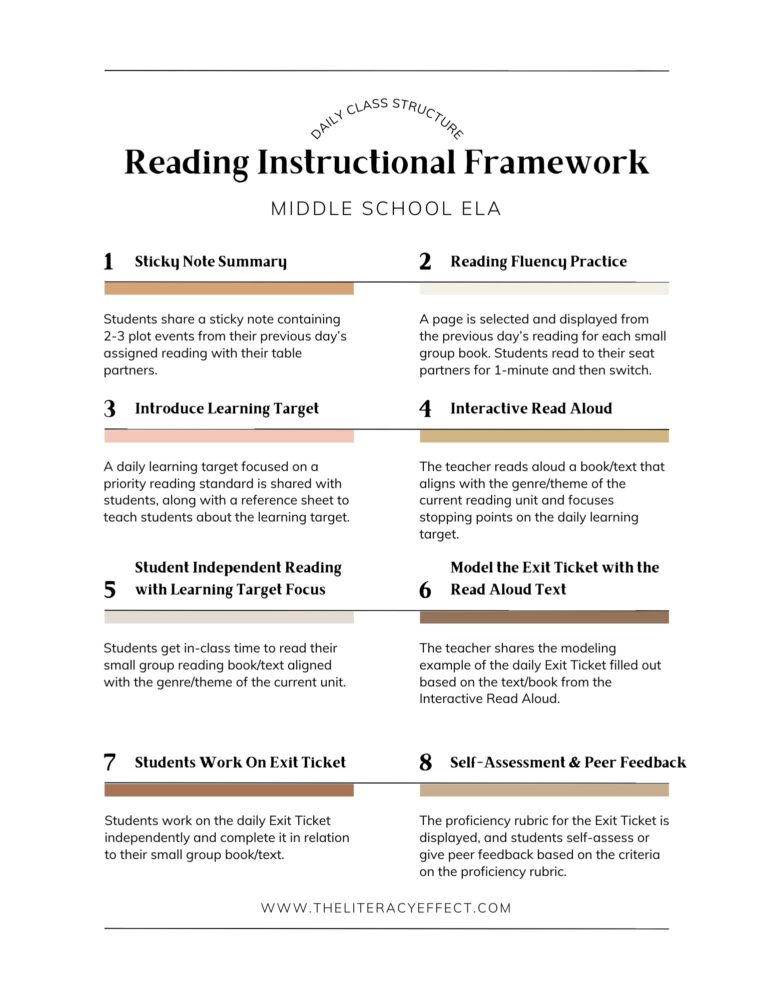
Sticky Note Summary (2-3 minutes)
During reading units, all students are assigned a book within the genre of the reading unit that is used for small group reading instruction such as guided reading, literature circles, or reading strategy groups. When students receive their small group book, they are also given a daily reading checkpoint sheet, and the first thing they do is go through their book and put sticky notes with the coordinating date on the appropriate pages to show their daily stopping points. As students read to their daily stopping point, they use the sticky note to write 2-3 events that happened in their daily chunk of reading.
The first thing we do when students come to class is start out with a “Sticky Note Summary” where students turn to their table partners and share the 2-3 plot events that happened in the previous day’s reading. There is a slide up as shown below that gives the daily reading checkpoint for each small group book in the reading unit and reminders for students to follow. I arrange the seating charts so students sit next to another student reading the same small group book as them. Students are encouraged to add on to their sticky note summary if their table partner brings up a good plot event they did not have written down. This is also a time for students to chat about the previous day’s reading.
This time is quick! I try to keep the sticky note summary in between 2-3 minutes. It’s a great way to start out class because students start out collaborating with their peers, and it’s also awesome for the comprehension and the retention of what is going on in their book. Not only do students write down the daily sticky note summaries, but they return to their summaries the next day and share them with a partner. Since starting this routine during reading units, I’ve seen the amount of students completing the daily reading go way up. Students do much better with daily page goals versus weekly page goals so they know if they’re staying on track, and they also know they will be sharing their sticky note summary with a partner daily. They want to be prepared and ready to engage in this opportunity. (Disclaimer: Students are allowed to read ahead, but they are not allowed to spoil any plot events for their table partner or small group if they do.)
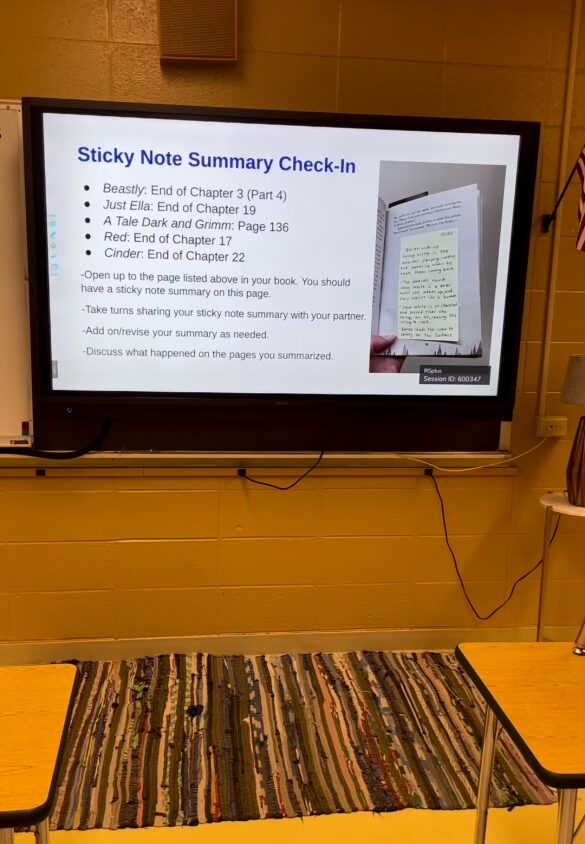
Reading Fluency (3-4 minutes)
After the sticky note summary, we move right into our daily reading fluency practice. Students continue to work with their table partners who are reading the same small group book as them. I put up a new slide that gives the page number students should read from for each book. The page is selected from reading they completed the previous day, so it is a reread. Students pick a Partner 1 and a Partner 2. I tell all Partner 1’s to start reading, and they read aloud from the given page. I time them for 1 minute and call out, “Stop” and prompt students to switch partners. I then prompt Partner 2’s to start reading and time them for 1 minute. Students are instructed to read for the full minute, so even if they finish the page that is listed on the presentation, they should continue to read until the time is up.
Once this routine is established, it takes around 3 minutes daily to complete. This is something that I’ve put into my daily instructional framework in recent years. I had previously avoided reading fluency practices because I knew I shouldn’t use Round Robin Reading and Popcorn Reading. I didn’t realize reading fluency practice could be this simple though. Students are reading to a partner in a low-stakes situation, and they’re doing it consistently. We will get through 6 reading units this school year, and reading fluency practice happens approximately 15 days in each reading lesson. That’s 90 times students have the opportunity to read aloud in a school year!
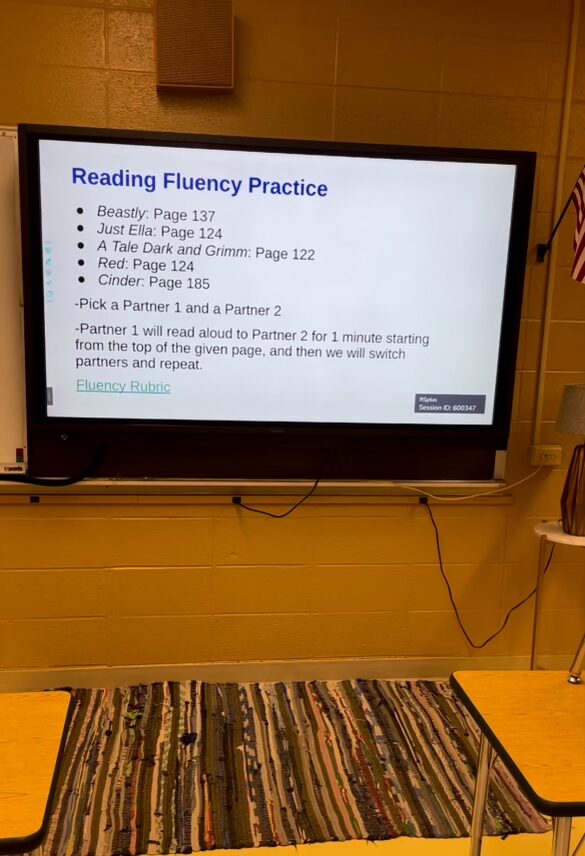
Introduce Learning Target & Go Over Reference Sheet (3-4 minutes)
Early on in the class period, it’s important to put the daily learning target front and center for students. I introduce the learning target right after we’re warmed up with our sticky note summaries and reading fluency practice. For the sake of this post, I’m not going to go into detail about how I develop daily learning targets for reading, but if you’re interested in diving deeper into this, I do have a YouTube video (click here) that details my full process of moving from state reading standards to district priority reading standards to daily learning targets for reading. The video is one of the 14 videos included in my free Middle School Reading Teacher course.
When sharing the daily learning target with students, we underline the important words and talk about the connection between the daily learning target and what we will be focusing on as readers for today. I also ask students a focus question to get them thinking about the learning target. Once we’re clear on what we’re learning, I share a reference sheet with students that gives the teaching point connected to the daily learning target. The reference sheet might break down literary terms, list ideas, or give prompts that will help students access the reading skill we’re focusing on for the day. See the pictures below for an example of a daily learning target and the coordinating reference sheet.
My Middle School Year-Long Reading Curriculum contains 140 reading lessons with different learning targets and coordinating reference sheets, exit tickets, and so much more.
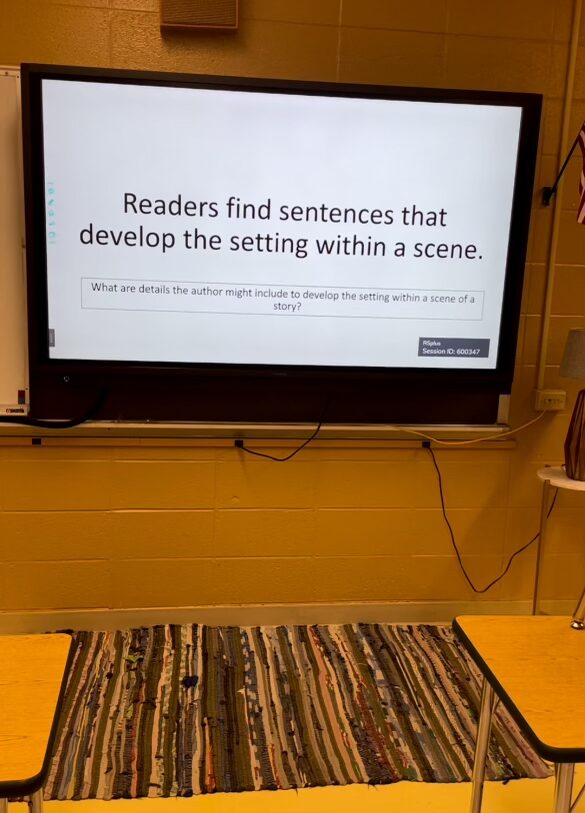
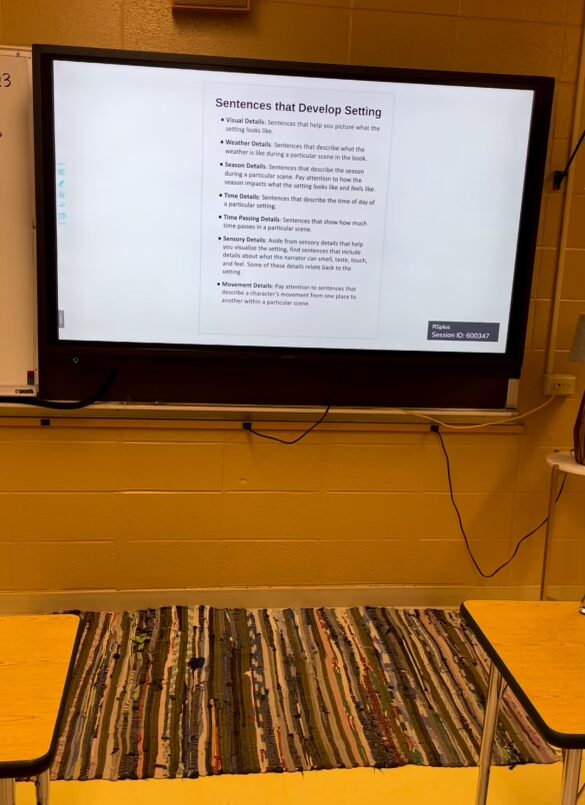
Interactive Read Aloud (10-15 minutes)
Next comes (easily) my favorite part of the class period. Students are so engaged during this time and love being read aloud to. (Yes, even middle school students LOVE read alouds!) This year I’m teaching 8th grade, and we do 6 different reading units. Here are the read alouds we use:
-Realistic Fiction Reading Unit: Forget Me Not (novel in verse)
-Modern Fairy Tales Reading Unit: Grump
-Nonfiction Reading Unit: short articles from Scholastic’s Scope Magazine
-Historical Fiction Reading Unit: Projekt 1065
-Narrative Nonfiction Reading Unit: using 4 different high quality picture books dealing with real people and events
-Graphic Novel Reading Unit: This is the last reading unit of the year, and we’re running it as a book club without a read aloud.
For each of the reading units, there is an interactive read aloud, and all students are also independently reading a small group book choice that fits the same genre and unit theme. The interactive read aloud is our common text that all students know and understand. It is essential to have a common text for common reference during reading lessons, but it also allows us to breakaway from the whole class novel and allow students to have book choice within the reading units.
During read aloud time, I select 2-3 places to stop and ask students a question. I try to relate questions back to the type of thinking they’re going to have to do in the reading lesson for the day. I also am intentional about using a variety of response methods for the stopping points. For example, I might use a partner turn-and-talk, whole class Q & A, student jot on a sticky note, or a choral response from the whole class. It’s important not to stop too often at every little part of the text that could be broken down or at every tricky vocabulary word. Not only will the read aloud get WAY TOO LONG, but it will also kill the fluency of the text for students and create less engagement.
As pictured below, I also use a pre-reading and post-reading question with the read aloud connected back to the day’s reading lesson.
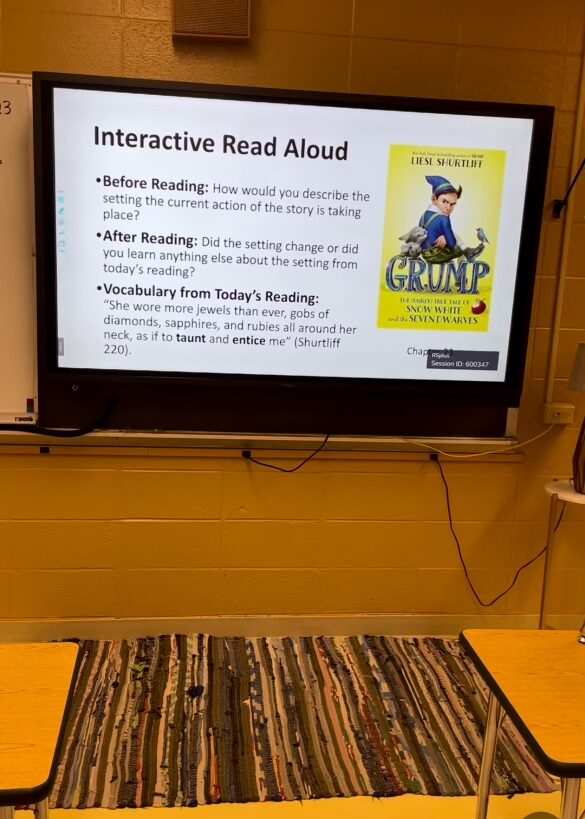
Student Independent Reading with Learning Target Focus (10 minutes)
If we want students to read their small group books, we need to carve out the time and place for students to read them. I find that after our read aloud is the perfect time for students to read their small group books for the reading unit independently. The read aloud requires the whole class attention on the teacher, and to go right into the reading lesson after the read aloud is a bit too much continuous teacher talk for my taste. Taking a small chunk of time (10 minutes works great) to have students dive into their books that they’re reading independently for the reading unit is the perfect sequence.
I also like having students independently read prior to instruction about the daily Exit Ticket so that they can just focus on reading without trying to jump directly into getting an assignment done. In fact, I’ve seen the quality of Exit Tickets go way up since putting independent reading time in during this part of the instructional framework because students are understanding and actually reading their books. If the reading lesson allows for it, I give students a sticky note during this time and prompt them to do some thinking while reading that will help them get started on the Exit Ticket. For example, if students need to find a piece of textual evidence for their Exit Ticket, I would prompt them to put the sticky note next to the piece of textual evidence they want to use.
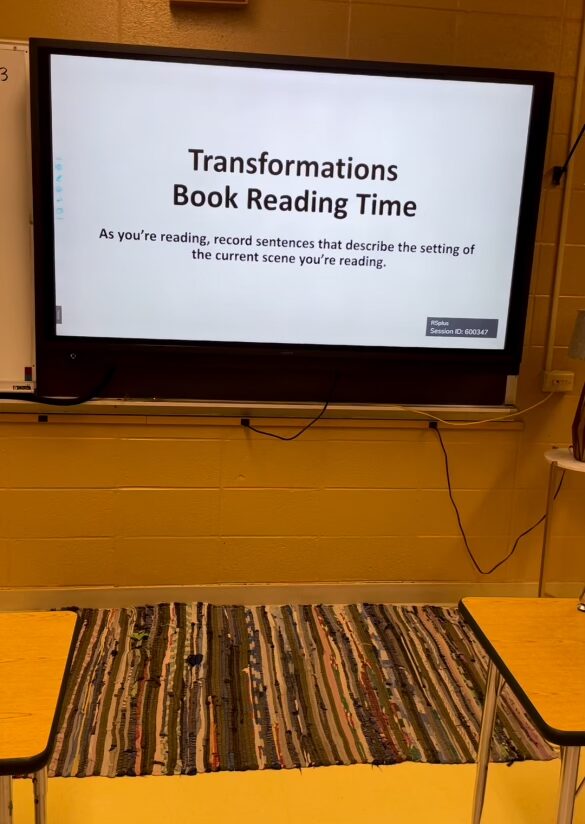
Model the Exit Ticket with the Read Aloud Text (3-4 minutes)
As I bring students back from their independent reading, I pull up a completed example of the Exit Ticket students will complete for the day. The modeling example is completed based on our interactive read aloud, and students will complete the exit ticket based on their small group reading book.
Completing the work I am asking students to do is always helpful to me. It helps me adjust the Exit Ticket if needed, and it also helps me anticipate what will be tricky for students and what type of tips to give them while I’m explaining the Exit Ticket.
The modeling example also is great for pointing out the quality of work I’m expecting of students. I like to underline how I started certain sentences, and these work as great sentence starters for students who may need that extra layer of support when completing their Exit Tickets.
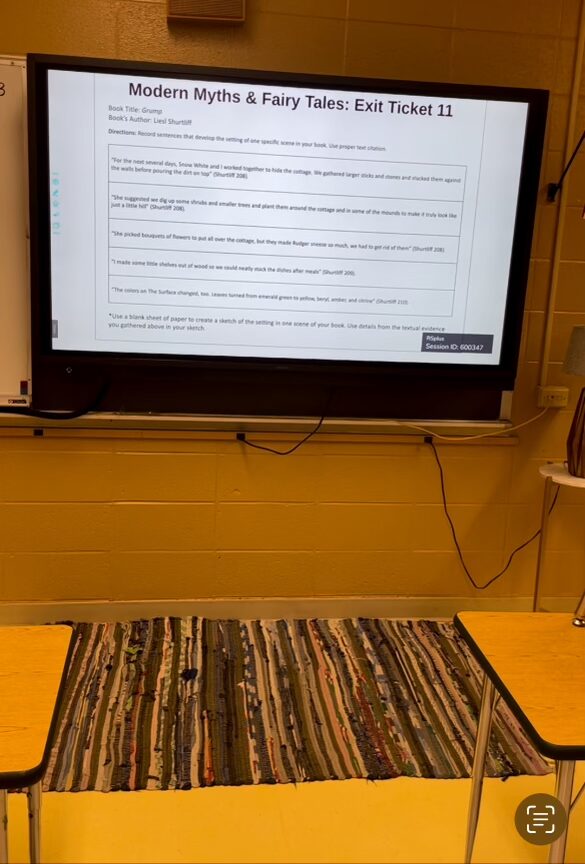
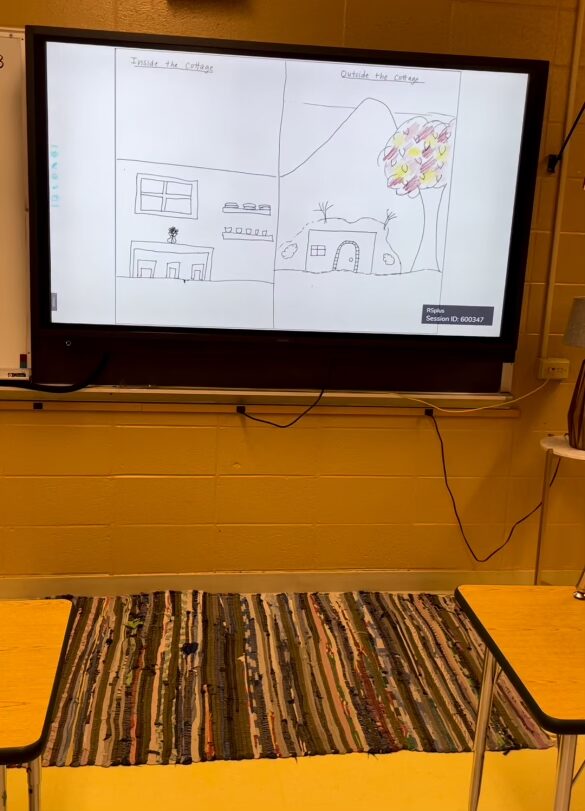
Students Work on Exit Ticket (15-20 minutes)
Next, students dive right in to working on their Exit Tickets in relation to their small group reading book. I usually leave the modeling example up on the board for students to refer back to if needed. By this point in the class period, students are ready to dig in and get this part completed. I try to time my class period out so students have the right amount of time to finish or almost finish the Exit Ticket during class. I don’t like to leave an excessive amount of time at the end because it seems like once students finish their Exit Ticket. Students are instructed to continue reading their small group books or an independent reading book when they’re done.
I assign all Exit Tickets on Google Classroom, where I post the Google Slides, modeling example, and reference sheet as part of the daily materials as well. This helps me stay organized, see instantly which students I need to check in with, and give effective feedback. All of the materials in my Year-Long Reading Curriculum, individual reading units, and individual reading lessons come with printable and digital versions.

Self-Assessment and Peer Feedback (2-3 minutes)
Finally, the class period ends with bringing students back together to take a closer look at the proficiency rubric that will be used to assess their Exit Ticket. The proficiency rubric is specific to each Exit Ticket, and therefore, contains great built-in feedback for students.
I use this time in a variety of ways to give students feedback. Here are a few:
-Have students self-assess their Exit Ticket with the proficiency rubric
-Have students looks at a peers Exit Ticket and give feedback using the proficiency rubric
-Bring up the Exit Ticket of a student volunteer to display to the whole class, and I would model how I would score the Exit Ticket using the proficiency rubric.
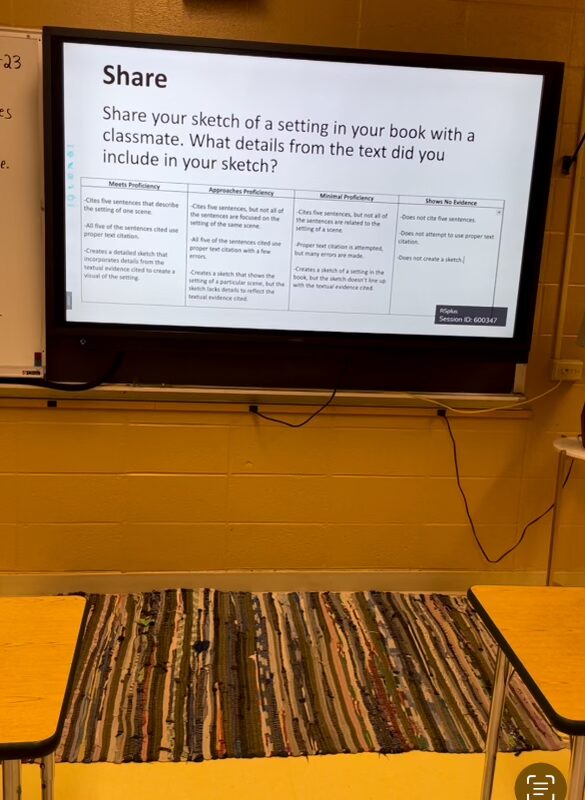
Final Thoughts
This reading instructional framework is a solid way to structure a daily class period. Instead of continuously looking for new activities to fill a class period, I simply have to insert a new reading lesson into the existing reading instructional framework. Students thrive on the routine and consistency it provides!





